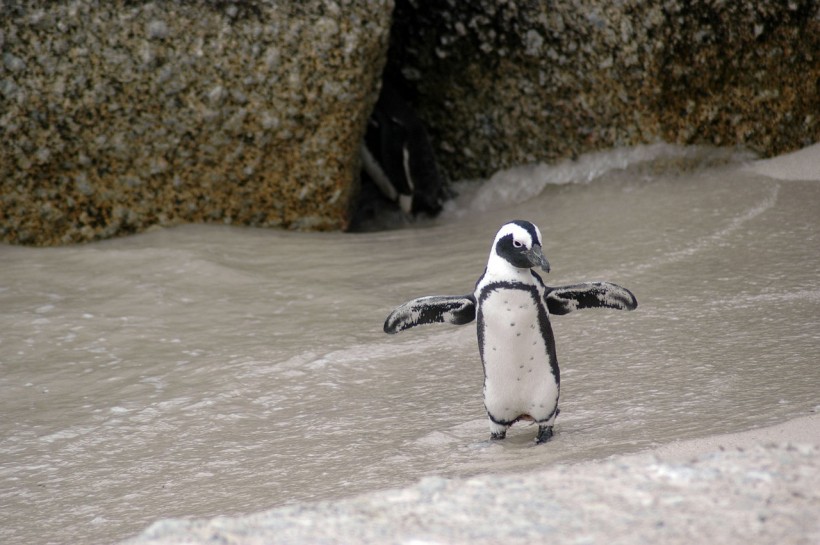In the last ten days, roughly 2,000 penguins were found dead along eastern Uruguay's coast, with all samples testing negative for bird flu and leaving their case an ongoing mystery.

2,000 Dead Penguins
Phys reports that these Magellanic penguins, primarily juveniles, died along the Atlantic Ocean. The currents then brought them to the coasts of Uruguay, according to Carmen Leizagoyen, who heads the Department of Fauna at the Environment Ministry.
Leizagoyen explains that this is mortality within the water, with 90% being young specimens with empty stomachs and no fat reserves, the National News reports. She stresses that all of them had negative results for bird flu.
She further notes that, though it is normal for a certain percentage to die, such numbers are not expected. As such, she also recalls a similar incident in Brazil last year for reasons that have not yet been determined.
Hector Caymaruis, who serves as the director of the protected area Laguna de Rocha, says that he was able to count over 500 dead penguins six miles off the coast of the Atlantic Ocean.
Magellanic Penguins
According to National Geographic, Magellanic penguins can be found across the Pacific and Atlantic sides of the continent, more specifically in the Falkland Islands, Chile, and Argentina. In the southern hemisphere, during winter, they tend to move north in pursuit of warmer waters and food.
Oceanwide Expeditions also adds that these creatures are 60 to 70 centimeters tall and 2.5 to 6.5 kilograms heavy. They are considered threatened species that consume krill, squid, cuttlefish, and other crustacean species.
These creatures have also been forced to swim even further to hunt for food because of environmental variations that have displaced fish stocks. Because of this further distance, it takes them longer to return to the nest where the rearing or incubating parent does not have food.
As they hunt, they can go as deep as 75 meters. They also move in flocks as they search for food.
As for their deaths, environmental advocates think that the rise in deaths could be due to illegal fishing and overfishing. Richar Tesore, from SOS Marine Wildlife Rescue, explains that from the 1990s to the 2000s, humanity started seeing animals experiencing food shortages, adding that resources have become overexploited.
KalingaTV adds that a subtropical cyclone that hit southeastern Brazil mid-July could have led to weaker penguins succumbing to detrimental weather.
Tesore also explains that, aside from penguins, he recently found cases of dead albatrosses, petrels, sea turtles, sea lions, and seagulls along Maldonado beaches.
RELATED ARTICLE: Hidden Emperor Penguin Colony in West Antarctic Found: Poop Stains on Snow Seen Using Space Satellite Imaging
Check out more news and information on Environment & Climate in Science Times.














